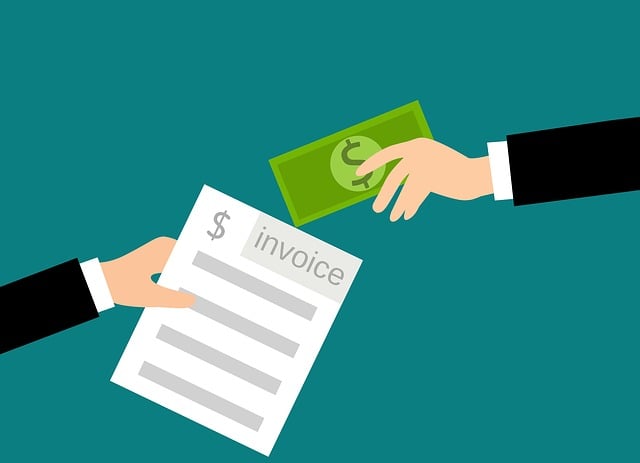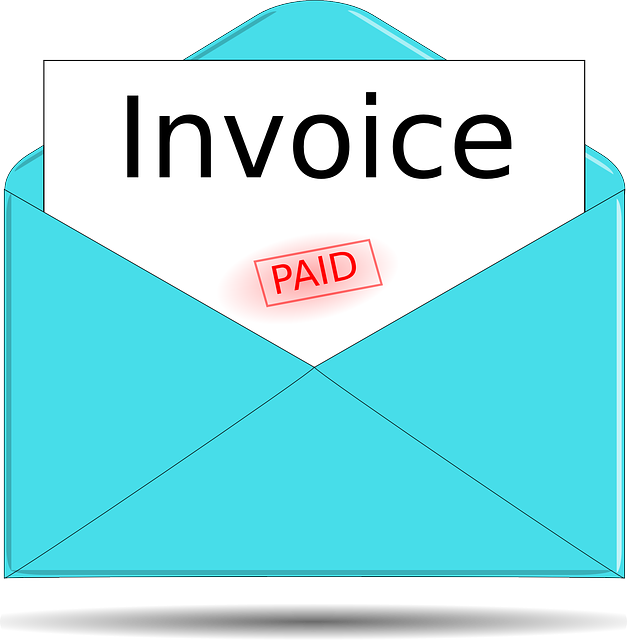Factoring, a centuries-old strategy, helps businesses access immediate cash flow by selling accounts receivable (invoices) to third-party funders (factors). When comparing factoring options, companies should evaluate fees, funding speed, and terms, choosing between full or selective factoring based on their unique cash flow needs. This process ensures tailored financial management, aligning with the business's health and goals while enhancing its revenue cycle and industry standing.
In today’s dynamic business landscape, managing cash flow is paramount for survival and growth. Factoring emerges as a strategic financing solution, offering businesses immediate liquidity by converting accounts receivable into upfront capital. This article guides you through the intricacies of factoring, beginning with a simple breakdown of its concept and operation. We then delve into comparing various factoring options, evaluating business needs, and navigating the process to select the best strategy for your cash flow management, ultimately empowering informed decisions in the competitive market.
- Understanding Factoring: A Brief Overview
- – Definition and basic concept of factoring
- – How factoring works in simple terms
- Comparing Factoring Options: Key Considerations
Understanding Factoring: A Brief Overview

Factoring is a financial strategy that has been around for centuries, offering businesses an efficient way to manage their cash flow. In its essence, factoring involves selling accounts receivable (invoices) to a third-party funder, known as a factor, at a discount. This process provides businesses with immediate access to funds, enabling them to cover short-term financial obligations and grow. By comparing factoring options, businesses can find the best fit for their needs, whether it’s a line of credit or a full factoring service.
When considering factoring, it’s crucial to understand that different models exist. Traditional full factoring involves selling all eligible invoices to the factor, while more flexible options provide businesses with the choice to retain certain invoices and only factor others. Each approach has its advantages, catering to various business structures and cash flow requirements. Comparing these options allows businesses to make informed decisions, ensuring they receive the most suitable funding solution for their unique circumstances.
– Definition and basic concept of factoring

Factoring is a financial strategy that involves selling accounts receivable (invoices) to a third-party organization, known as a factor, for an immediate cash inflow. It’s essentially a way for businesses to access working capital by converting their pending invoices into instant cash. The basic concept is simple: instead of waiting for customers to pay their invoices over time, businesses can sell them at a discount and receive the money promptly. This process provides a quick solution to cash flow issues, allowing companies to cover immediate expenses or reinvest in growth opportunities.
When considering factoring as a financial tool, it’s crucial to compare factoring options available in the market. Different factors offer various terms, fees, and services, which can significantly impact a business’s bottom line and overall financial health. By evaluating these options, businesses can find the most suitable factoring arrangement based on their revenue cycle, industry standards, and specific cash flow needs, ensuring optimal financial management.
– How factoring works in simple terms

Factoring, simply put, is a financial strategy that businesses use to improve their cash flow. It involves selling invoices (or accounts receivable) to a third-party funder, known as a factor, at a discounted rate. This process provides businesses with immediate access to funds, allowing them to cover immediate expenses and manage cash flow more effectively. Instead of waiting for customers to pay their invoices over time, the business receives a lump sum upfront from the factor.
When comparing factoring options, businesses should consider various factors such as fees, funding speed, and terms. Different types of factoring include standard (or full) factoring, where all invoices are sold, and selective factoring, where only a portion of invoices are transferred. Each option has its advantages and is suited to different business needs. By understanding these options, businesses can make informed decisions to optimize their cash flow management.
Comparing Factoring Options: Key Considerations

When comparing factoring options, several key considerations come into play. First, assess the specific needs of your business, including cash flow requirements and the typical time frame for payments. Different factoring solutions cater to various industries and payment cycles. For instance, some are more suited for businesses with rapid growth or seasonal fluctuations in revenue.
Second, evaluate the fees associated with each option—a crucial aspect that can significantly impact overall costs. Look into the funding fee structure, discount rates, and any additional charges. Some companies may offer lower initial fees but higher ongoing charges, while others might have a more transparent pricing model. Understanding these variables will help you make an informed decision tailored to your business’s financial health and goals.
